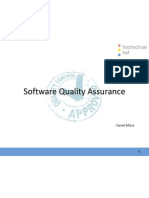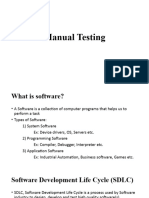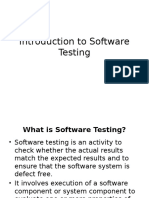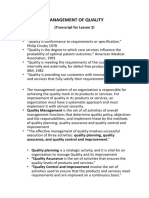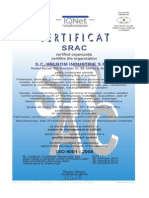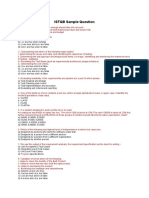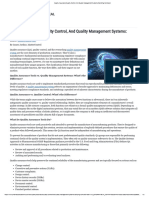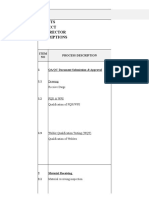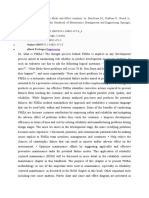0% found this document useful (0 votes)
8 views4 pagesWhat Is Software Testing
Software testing is the process of verifying that a software application functions as intended and is free from defects, aimed at improving quality, reliability, and security. It is categorized into manual testing, which involves human testers, and automation testing, which uses tools for efficiency. The testing process includes various types such as functional and non-functional testing, and follows a structured Software Testing Life Cycle (STLC).
Uploaded by
perarasu29012006Copyright
© © All Rights Reserved
We take content rights seriously. If you suspect this is your content, claim it here.
Available Formats
Download as PDF, TXT or read online on Scribd
0% found this document useful (0 votes)
8 views4 pagesWhat Is Software Testing
Software testing is the process of verifying that a software application functions as intended and is free from defects, aimed at improving quality, reliability, and security. It is categorized into manual testing, which involves human testers, and automation testing, which uses tools for efficiency. The testing process includes various types such as functional and non-functional testing, and follows a structured Software Testing Life Cycle (STLC).
Uploaded by
perarasu29012006Copyright
© © All Rights Reserved
We take content rights seriously. If you suspect this is your content, claim it here.
Available Formats
Download as PDF, TXT or read online on Scribd
/ 4











































